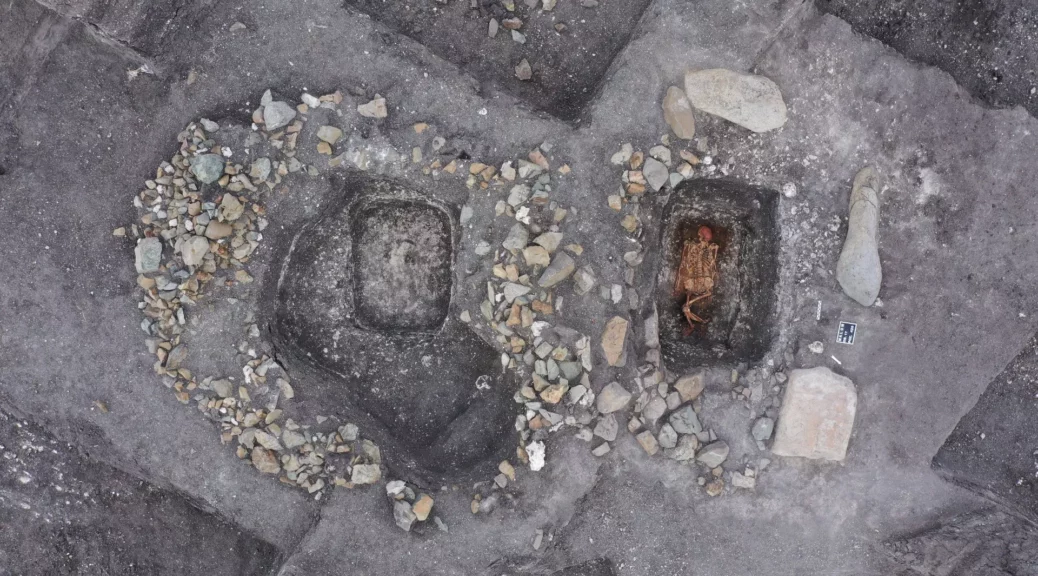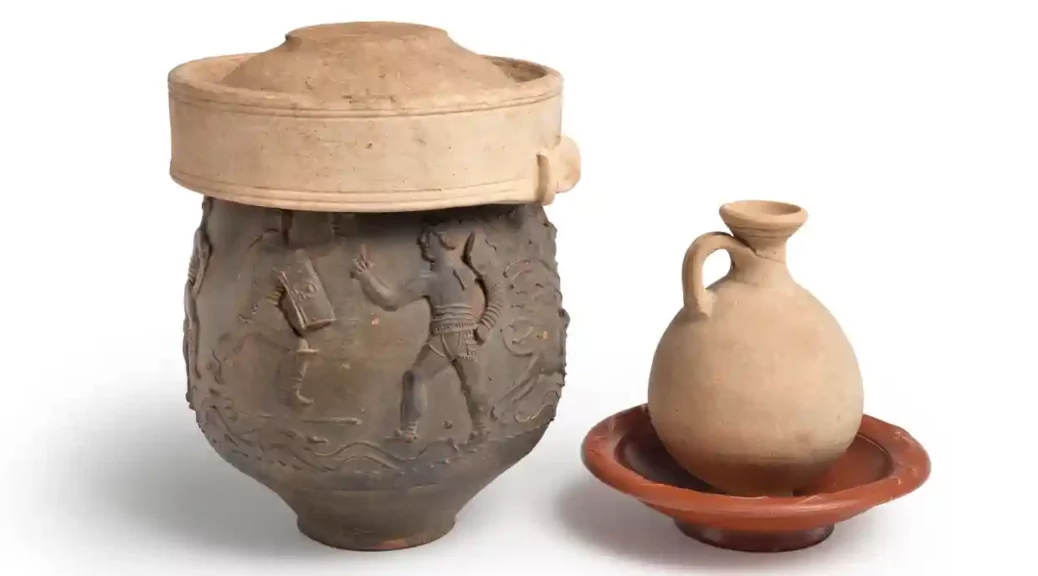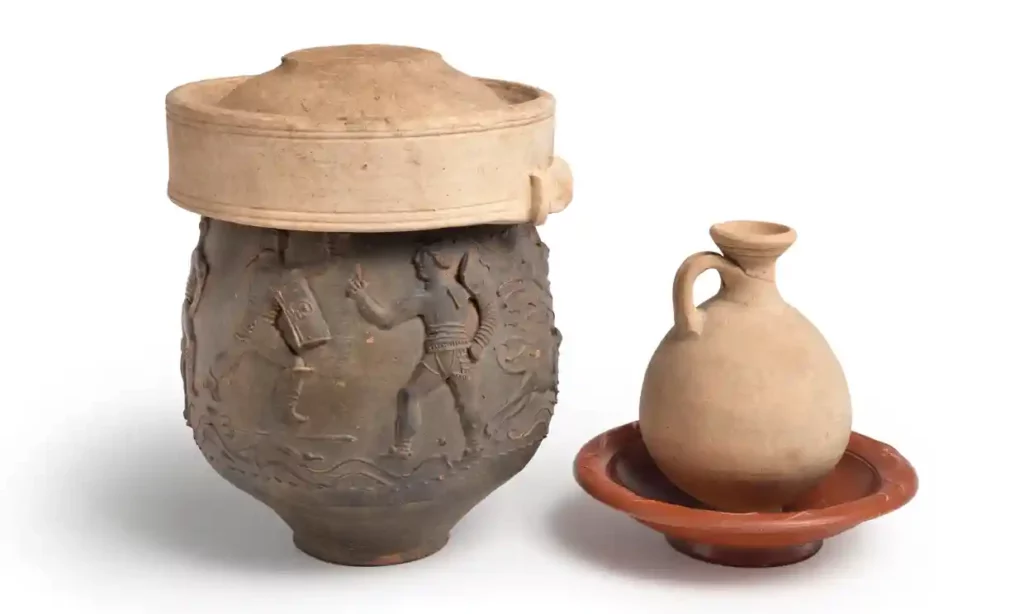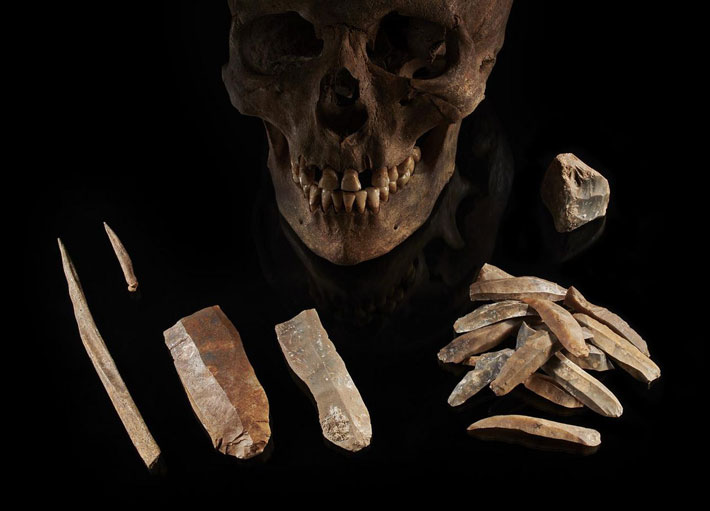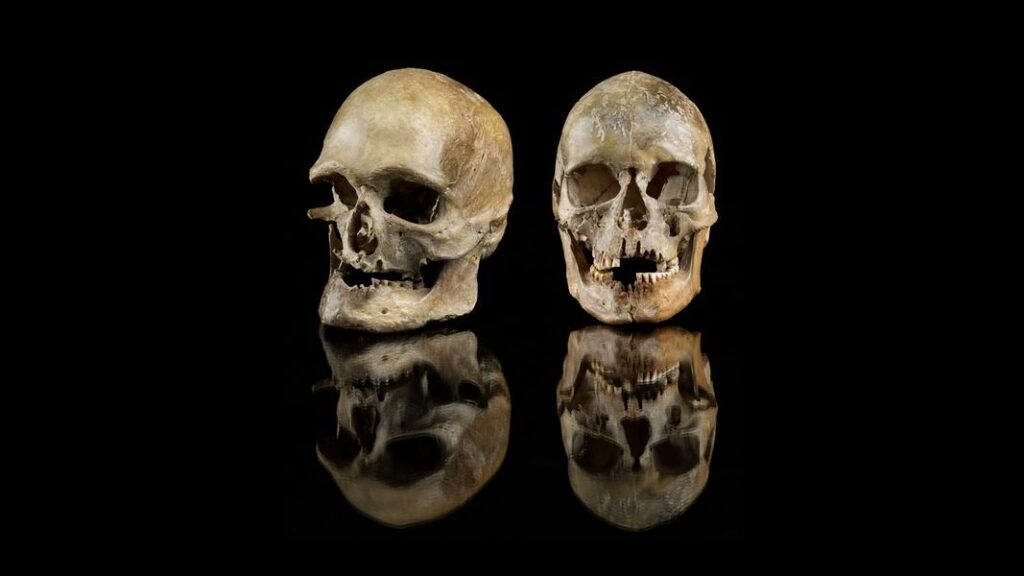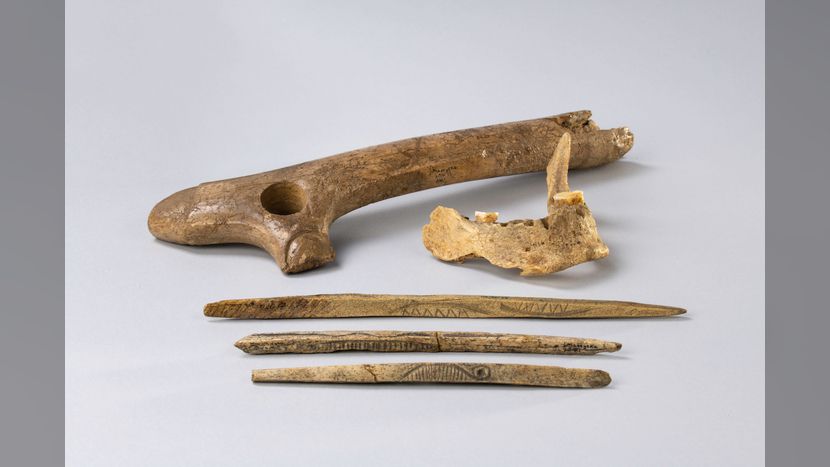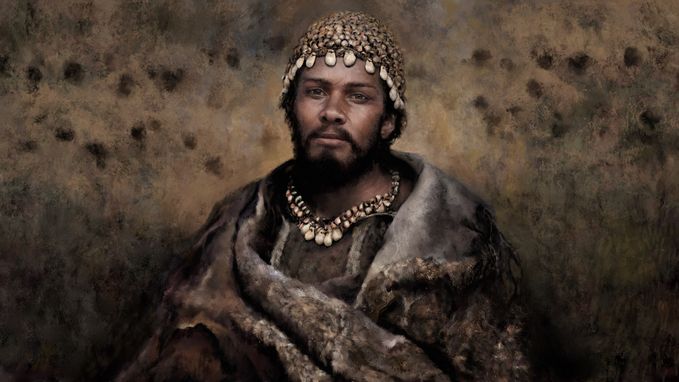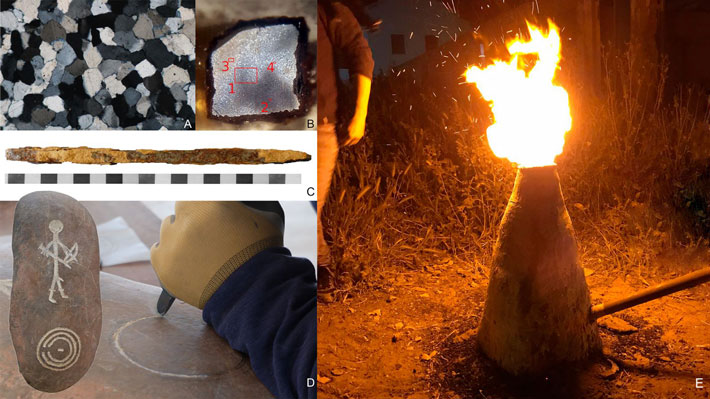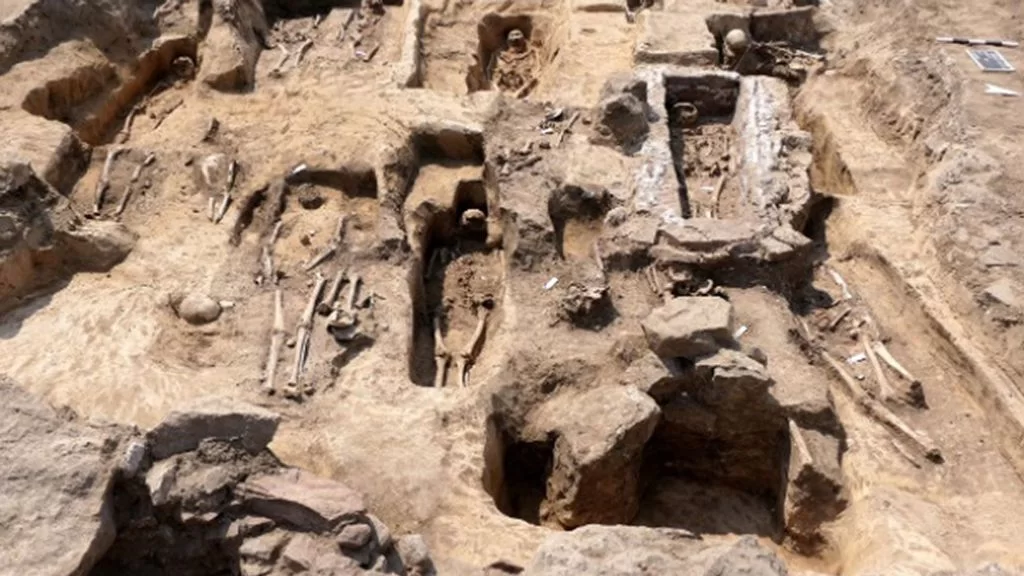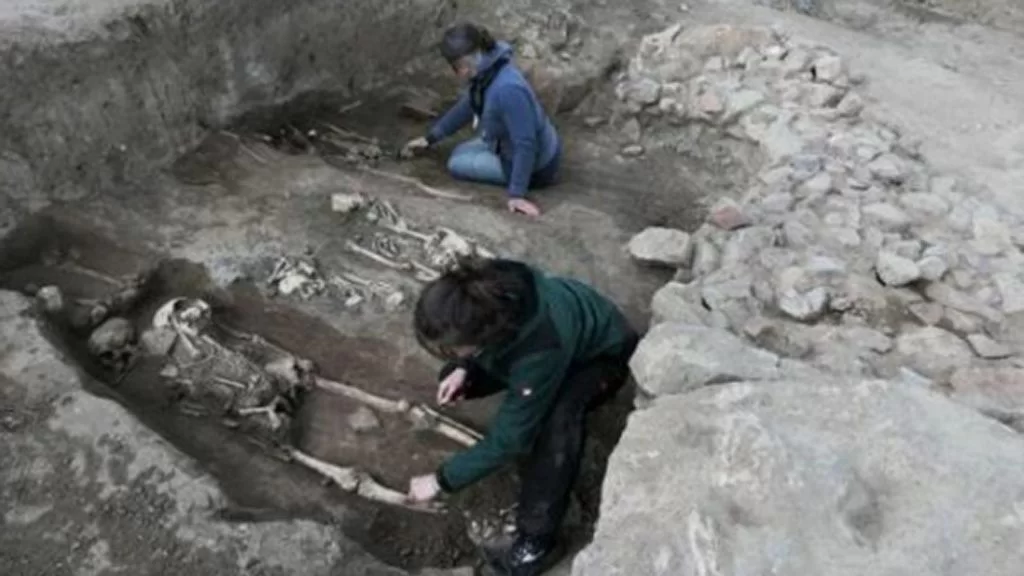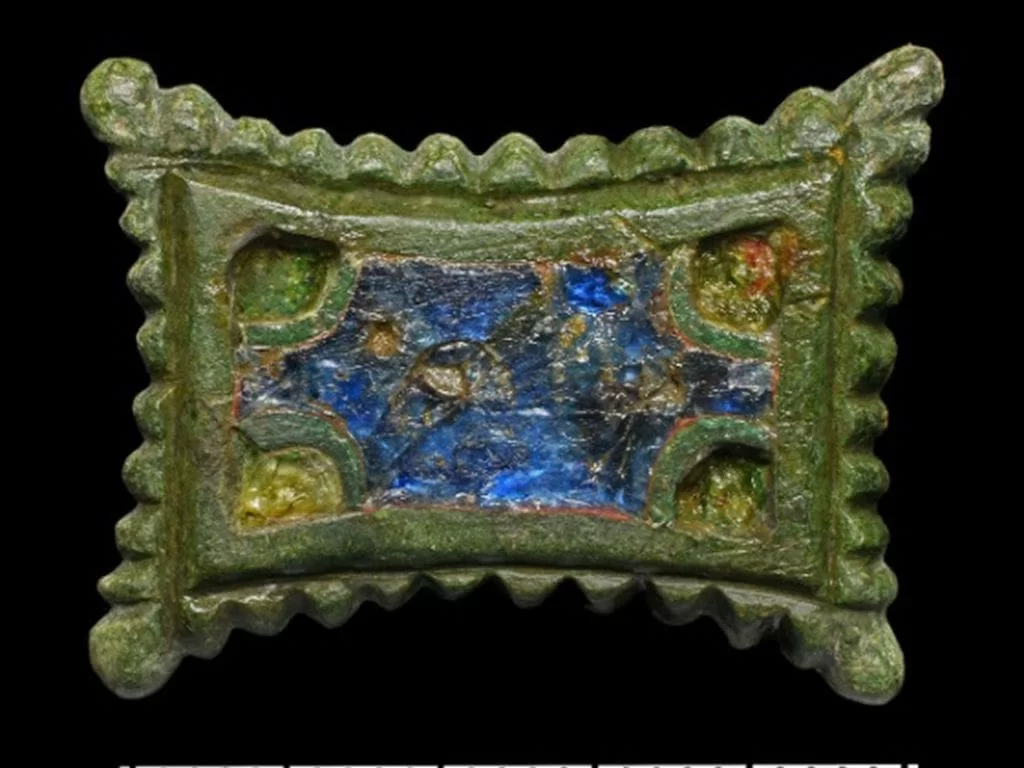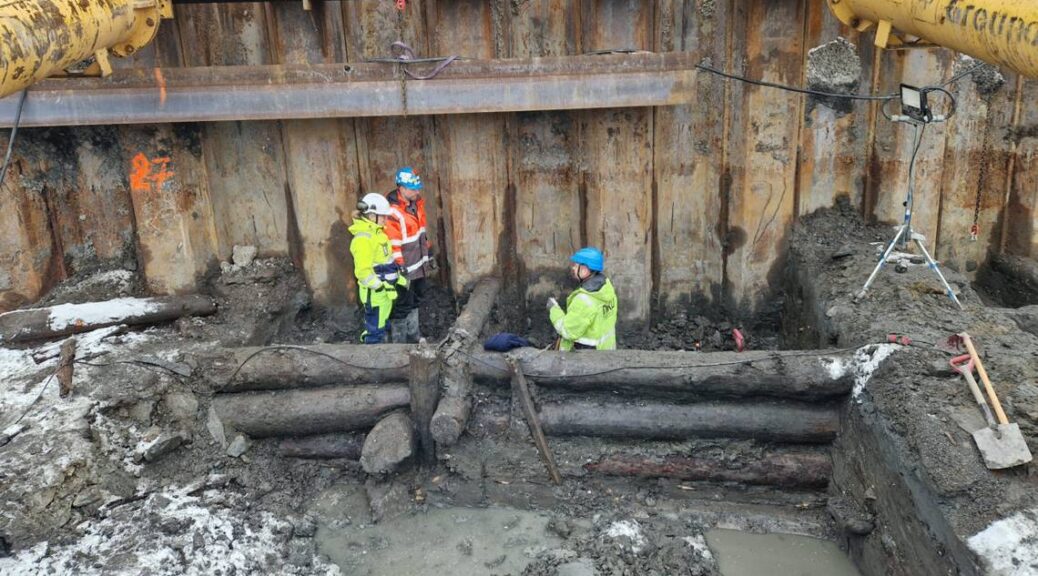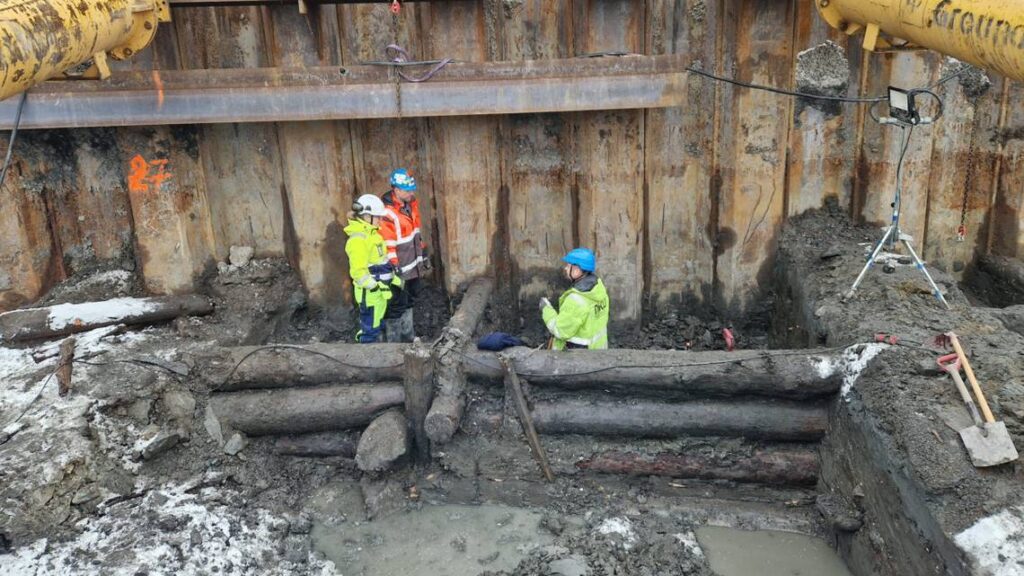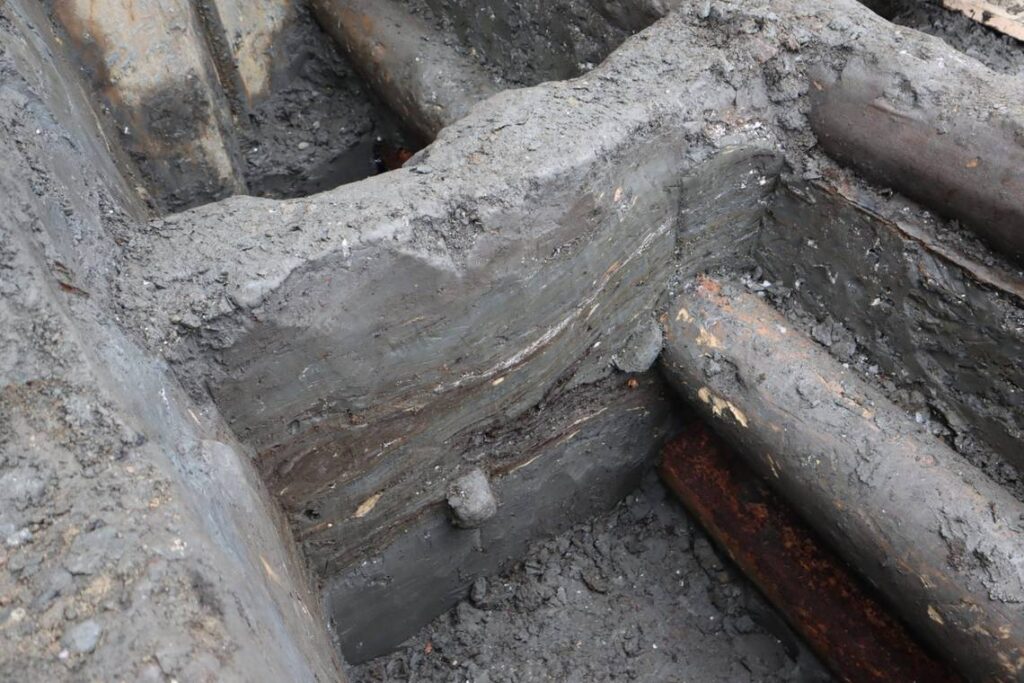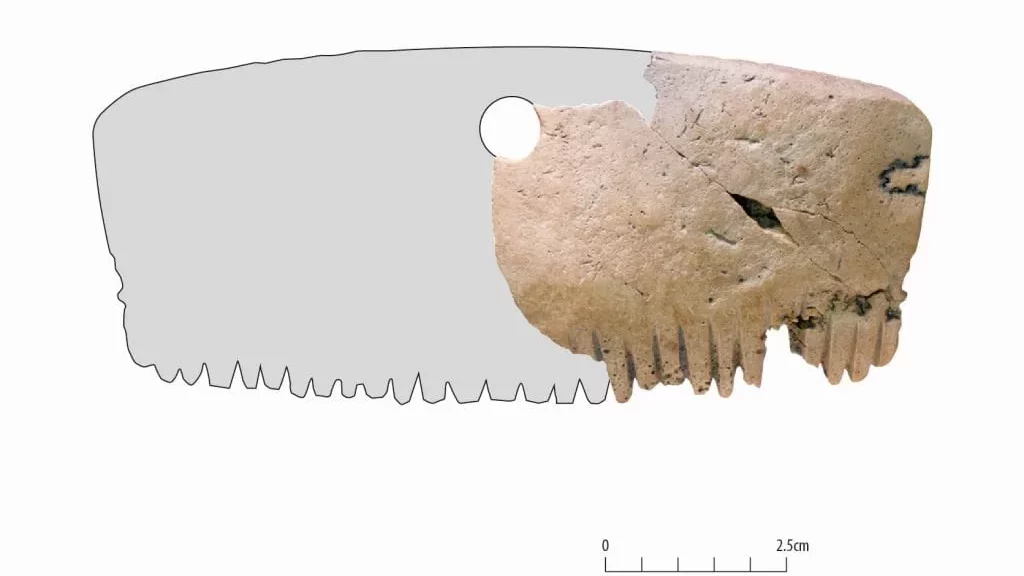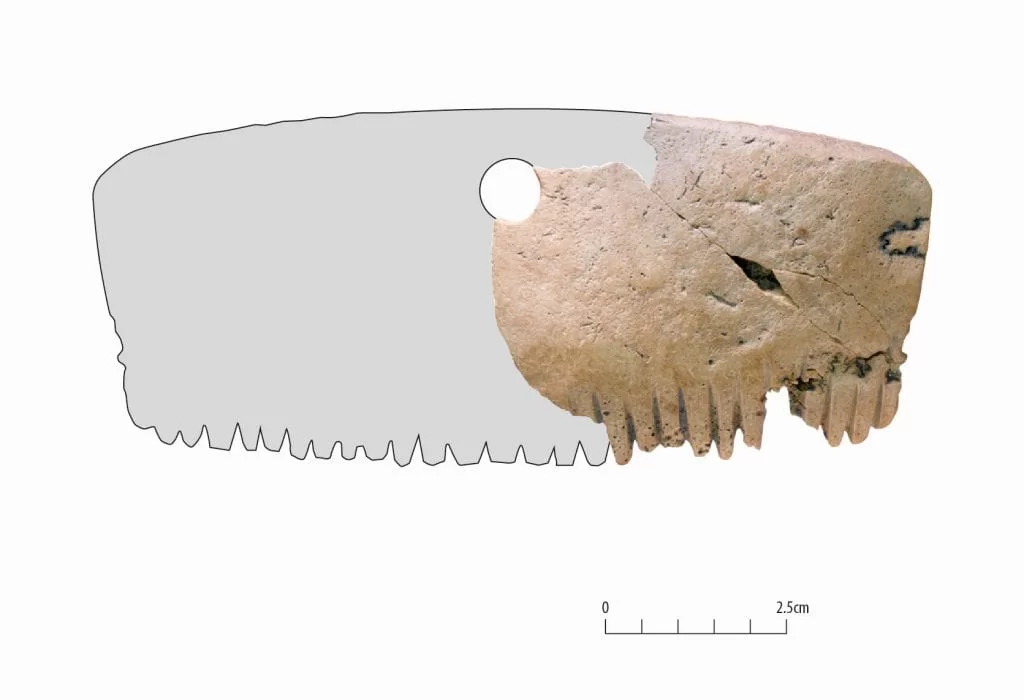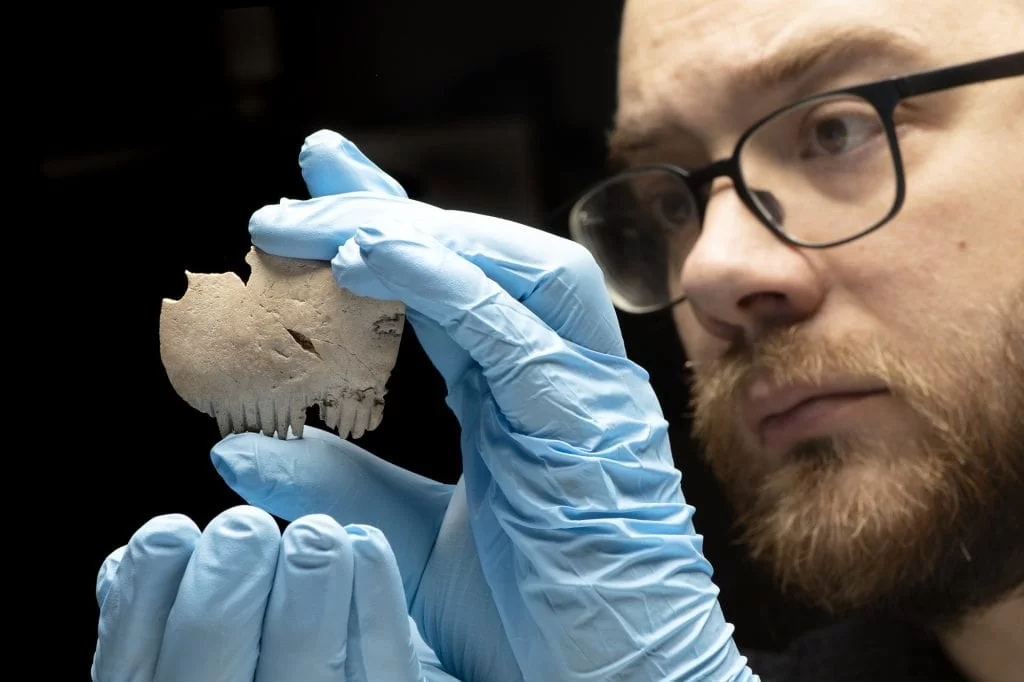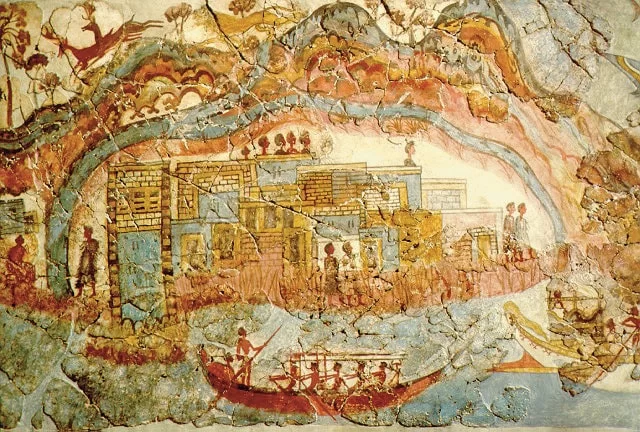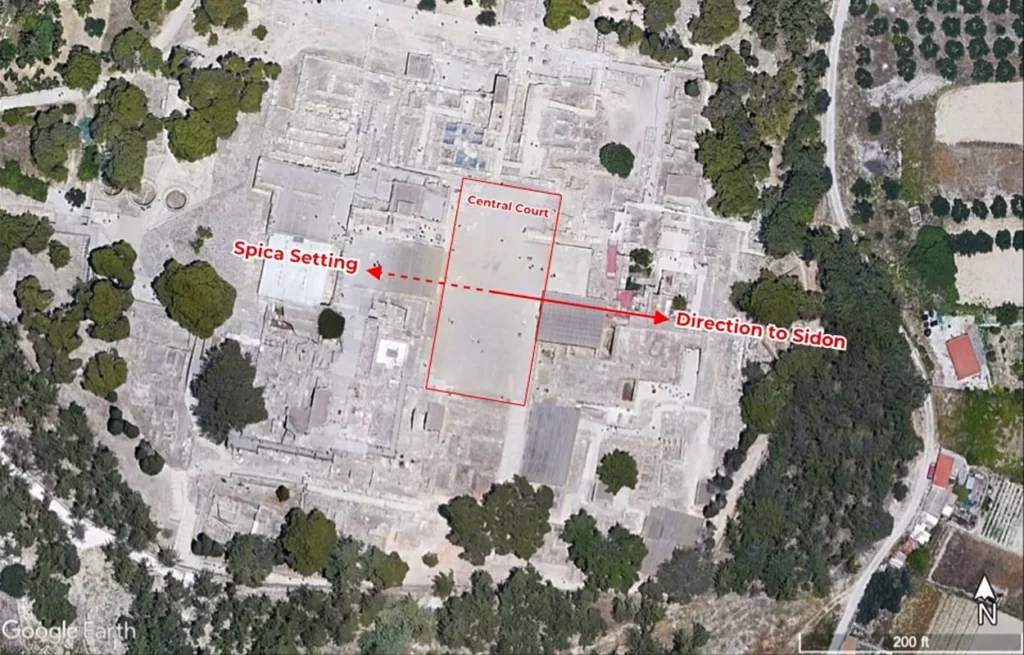Skeleton Study Tracks Europe’s First Equestrians

Archaeologists accidentally discovered the world’s earliest horseback riders while studying skeletons found beneath 5,000-year-old burial mounds in Europe and Asia, a new study finds.
The ancient riders were part of the so-called Yamnaya culture, groups of semi-nomadic people who swept across Europe and western Asia, bringing the precursor to the Indo-European language family with them.
The findings strengthen the hypothesis that the horse played an integral part in the expansion of this group, and therefore, in the spread of the Indo-European language.
The new analysis came from 217 human skeletons from the Pontic-Caspian steppe, a geographical area that runs roughly from Bulgaria to Kazakhstan. For decades, researchers have debated when horses were domesticated. In Kazakhstan, 5,000-year-old horse skeletons show wear on their teeth that could have been from bridles, while others have found possible fenced enclosures. In the same time period, horse milk peptides have been detected in the dental plaque of people from Russia.
Importantly, the geographical explosion of the Yamnaya culture — which expanded across 3,000 miles (4,500 kilometers) over a mere century or two — suggests horses may have assisted as transportation animals.
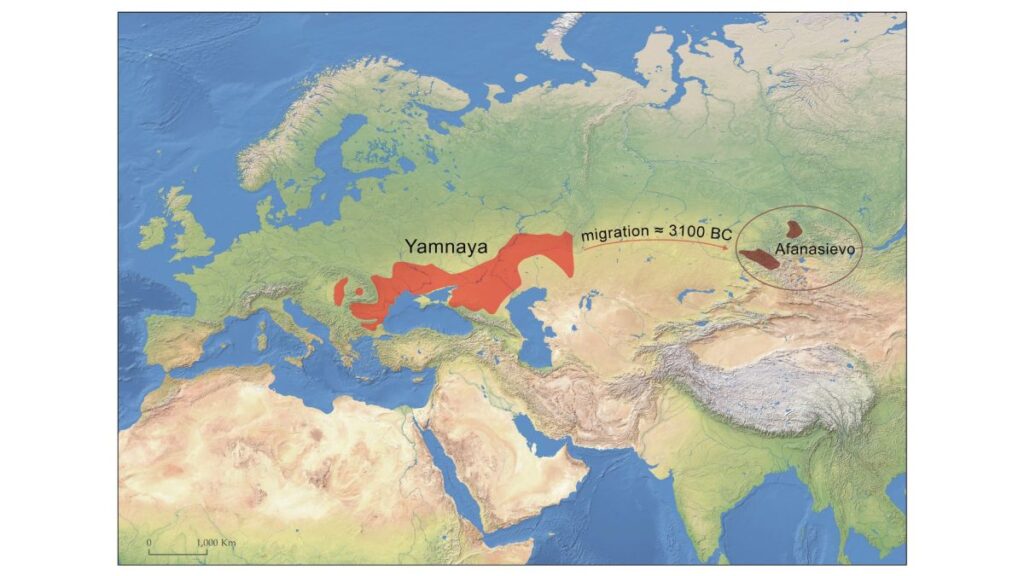
But there was no direct evidence that the Yamnaya culture regularly domesticated horses.
So archaeologist Martin Trautmann of the University of Helsinki in Finland and his colleagues collected data on six diagnostic skeletal traits that have been collectively called “horsemanship syndrome.” Since bone is a living tissue, it responds to stresses placed on it. Consistent horseback riding can cause trauma and spine degeneration, but it can also result in more subtle changes to the leg and hip bones as the human body adapts to regular riding.
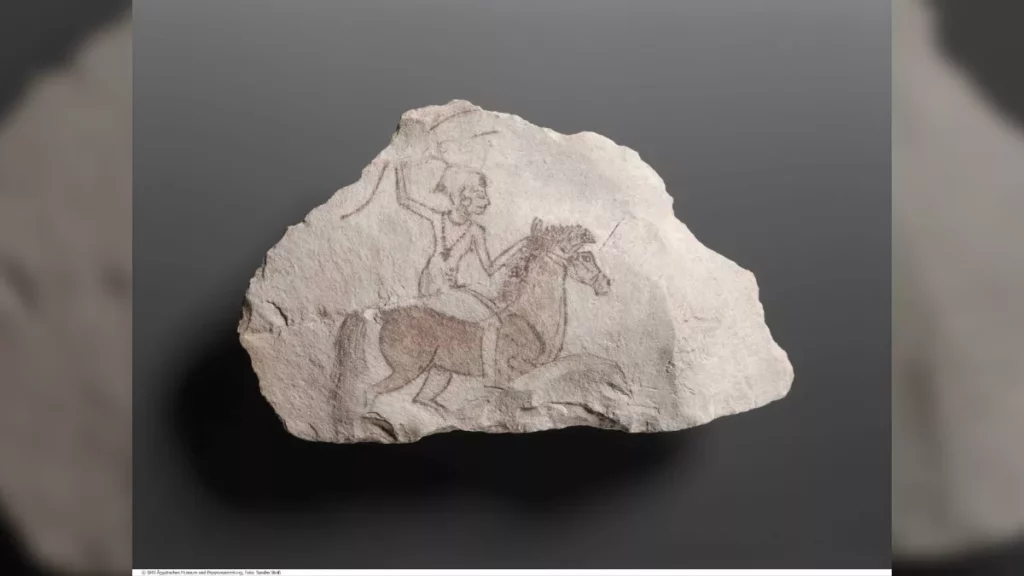
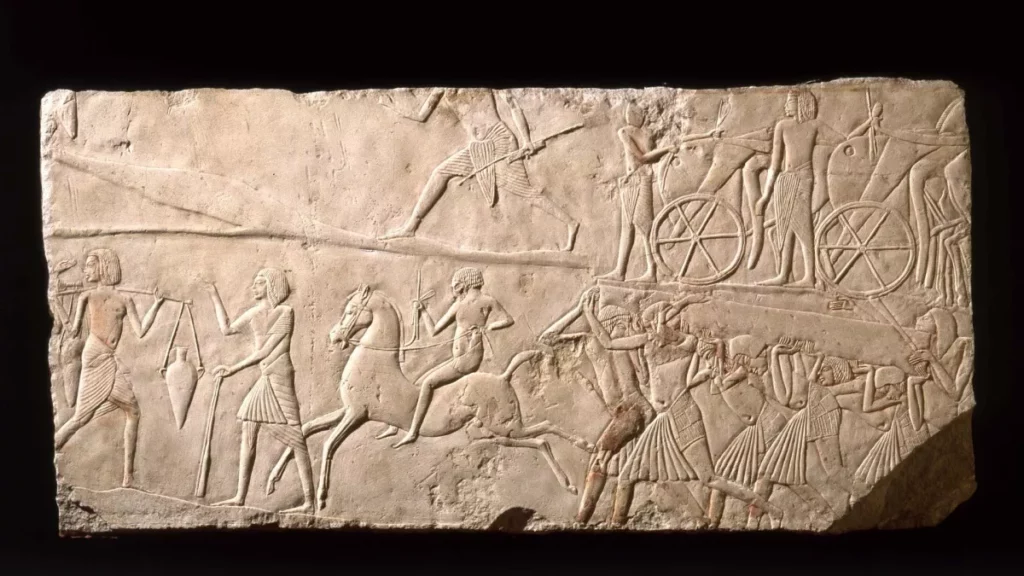
In the skeletons from 39 sites across Eastern Europe, Trautmann and colleagues found that two dozen had at least half of the traits of horsemanship syndrome.
They are most confident, however, about the identification of five Yamnaya culture individuals hailing from what is now Romania, Bulgaria, and Hungary as likely equestrians.
“Our findings provide a strong argument that horseback riding was already a common activity for some Yamnaya individuals as early as 3000 [B.C.],” they wrote in their paper.

Birgit Bühler, an archaeologist at the University of Vienna, told Live Science in an email that she is “excited about their research.” However, Bühler, who has studied horsemanship syndrome but was not involved in this work, was concerned about the researchers’ ability to measure changes to the hip sockets given the poor state of conservation of many of the bones. “Because two major traits are missing, I feel that caution is required in interpreting the evidence,” she said.
Most of the skeletons were in such poor condition that horsemanship couldn’t be analyzed. Taking that into account, however, “we guess that more than 30% of male adult Yamnaya individuals were riding frequently,” Trautmann told Live Science in an email.
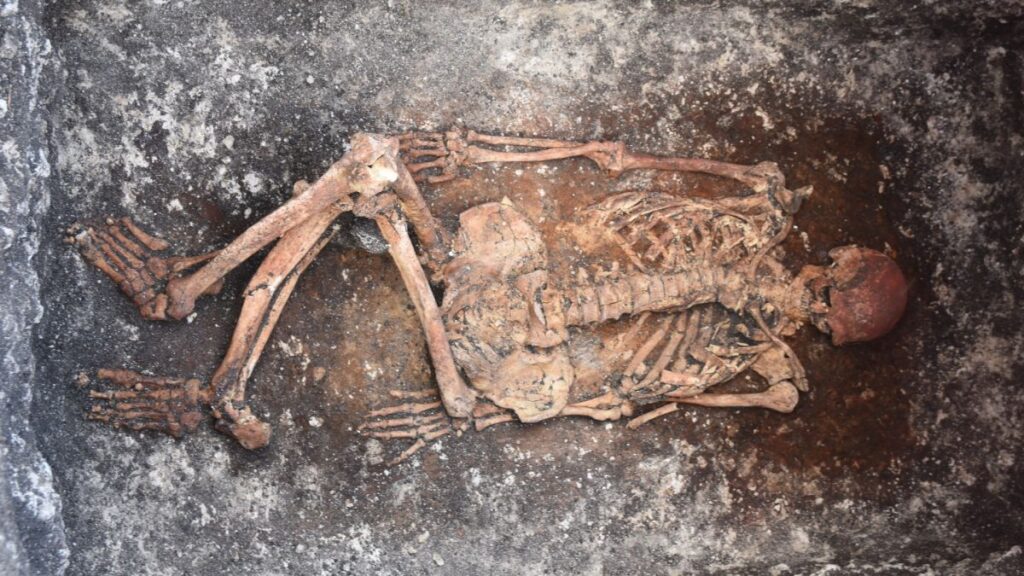
Shevan Wilkin, a biomolecular archaeologist at the Institute of Evolutionary Medicine at the University of Zurich, who was not involved in this study, told Live Science in an email that the researchers’ findings about the Yamnaya are interesting but “not surprising considering their vast Early Bronze Age expansions.” Expanding so quickly and spreading their genes over such a vast area would have been difficult without horses.
Although skeletons with horsemanship syndrome are rarely found, their identification by archaeologists gives us new information about what it was like to live on the eastern steppe five millennia ago. “For now,” Trautmann said, “it seems riding was mostly a male activity, probably connected to herding, and training probably started early.”
The new discovery was described in an article published Friday (March 3) in Scientific Advances.
